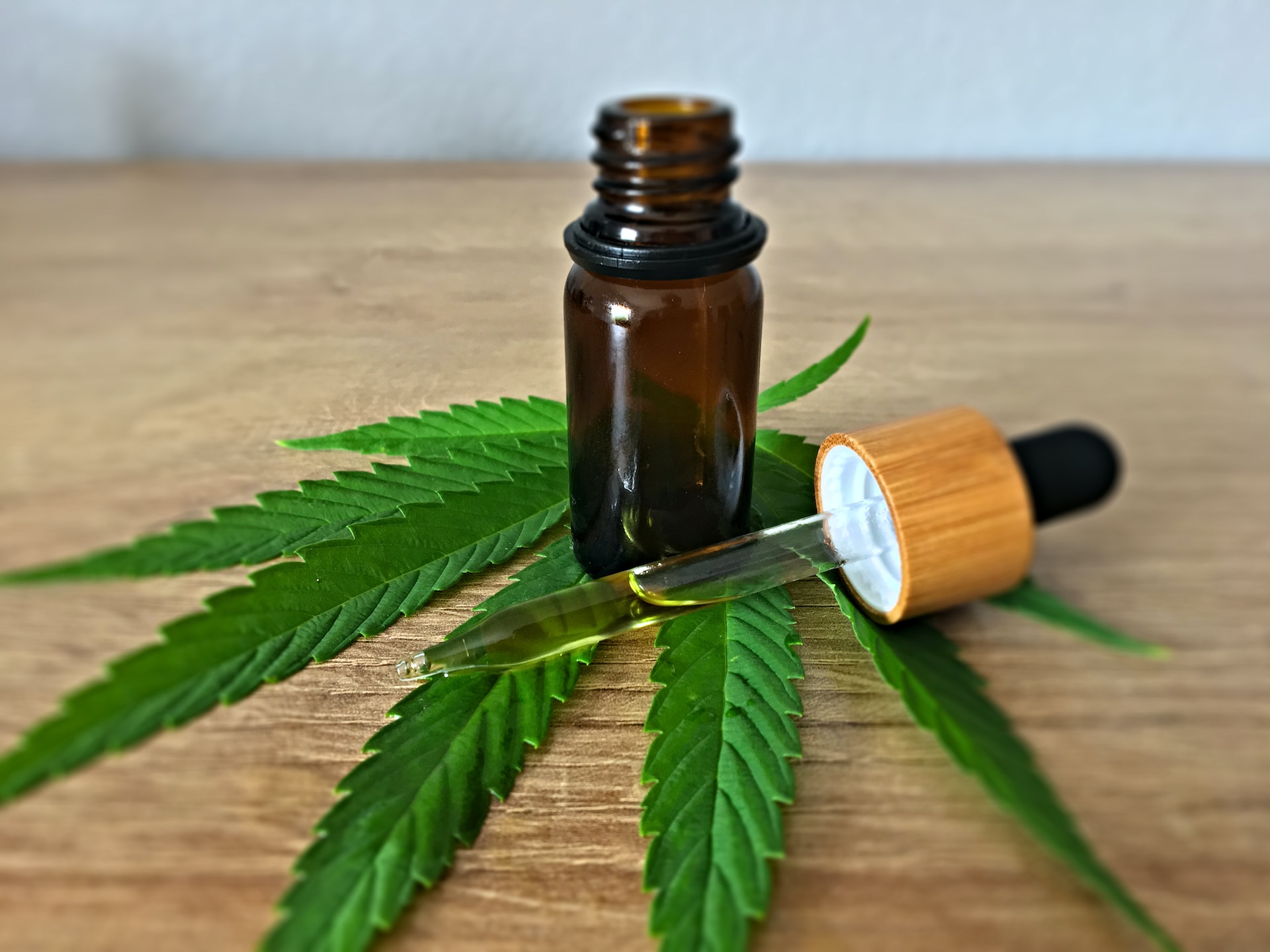Ever since the enactment of the Farm Bill in December 2018, which reclassified hemp containing less than 0.3 THC per gram as a non-controlled substance and legalized the sale of CBD, there has been a great deal of excitement about CBD’s potential as a valuable functional ingredient. The CBD market has indeed experienced significant growth since 2019, but it has been hindered by the Food and Drug Administration (FDA)’s regulatory ambiguity. The consequences of this ongoing uncertainty are now starting to emerge within the market.
Upon the initial legalization of CBD for commercial sale, there was optimism that the FDA would swiftly establish a regulatory framework to govern this thriving market, despite existing legal obstacles. However, whether due to excessive enthusiasm leading to unrealistic expectations or the FDA’s sluggishness in taking action, little has changed since the market’s inception. As a result, both companies and consumers are understandably left in a state of confusion. It is to be noted that:
- The growth of CBD sales is currently facing obstacles, but it is important to note that the market is still in its early stages and has not reached maturity. The top ten companies in the market only control a small portion, approximately 10%, with the leading company holding slightly over two percent market share. Additionally, several significant sales channels remain inaccessible for CBD products.
- A majority of individuals have now experimented with CBD products, allowing for a more defined profile of CBD users. On average, CBD users are of working age and are seeking products that can assist them in overcoming challenging circumstances.
- However, many consumers still have reservations about CBD products due to misconceptions surrounding its effects, as well as concerns regarding safety and efficacy. The presence of potentially unsafe products in the market can have a lasting impact on the perception of brands and products in the industry.
- Analyzing CBD’s performance in segments subject to regulatory restrictions can offer insights into its potential if regulations were to change, allowing for the removal of barriers that currently limit its market reach.
The Current Landscape
Despite CBD no longer being regulated by the DEA, it remains under the jurisdiction of the FDA. Adding complexity to the situation, the FDA had previously approved a CBD-based pharmaceutical drug called EPIDIOLEX before the passage of the 2018 Farm Bill. According to the FD&C Act, if a substance is an active ingredient in an approved drug or is being investigated as a new drug, it cannot be marketed as a dietary supplement or added to food, except for cosmetic products. As a result, the FDA has primarily focused on targeting companies that make explicit claims about CBD as a treatment for various conditions, issuing warning letters while overlooking those that don’t make such claims. Currently, the FDA does not believe there is enough evidence to change regulations and allow CBD in dietary supplements or food, leaving CBD in a legal gray area.
A significant consequence of this regulatory uncertainty is that CBD companies still lack access to major U.S. retailers. Retail giants like Walmart, Target, and Amazon have chosen to refrain from selling CBD products due to concerns about FDA compliance. Since Amazon and Walmart alone account for approximately one-fifth of all retail sales, the absence of these markets severely hampers CBD sales. Consequently, the online market has become the primary channel for CBD sales, particularly through direct-to-consumer sales on CBD company portals, facilitated by the surge in e-commerce during the COVID-19 pandemic.
One notable example is Charlotte’s Web, which currently holds the largest market share in the industry. The company gained recognition from the story of a young girl with severe epilepsy who experienced significant symptom improvement after using their high-CBD, low-THC cannabis strain, originally known as “Hippie’s Disappointment,” due to its non-psychoactive effects. Despite being an early entrant in the market, Charlotte’s Web-only commands a 2.3% market share.
Estimated CBD product dollars sales in the United States from 2022 to 2026
When the CBD market emerged following the passage of the 2018 Farm Bill, experts projected a period of rapid and remarkable growth. Indeed, the market swiftly expanded to a value exceeding four billion U.S. dollars. However, the optimistic outlook for the industry has shifted, and unless regulatory changes occur, the market is anticipated to stagnate.
Several crucial sales channels remain inaccessible to CBD products, impeding market growth. Companies operating within the confines of the law face limitations on the types of products they can offer. These restrictions hinder their ability to capitalize on the market’s potential fully.
E-commerce is driving the CBD market
E-commerce has emerged as the dominant sales channel for CBD, accounting for sales surpassing $2B in 2021. More than one-third of total CBD sales occurred through online channels during that year. The strength of online CBD sales can be attributed to multiple factors. Firstly, brick-and-mortar retailers remain cautious about stocking CBD products, limiting their availability in physical stores. Additionally, the growth of the CBD market coincided with the COVID-19 pandemic, which led to increased online shopping overall. Many leading CBD companies have adapted to this landscape by focusing on direct-to-consumer sales, as major e-commerce platforms like Amazon prohibit the sale of CBD products.
U.S. sales of CBD products in 2021, by channel
The factors driving CBD consumption
Despite the uncertain outlook for the CBD market, we can shed light on the characteristics and behaviors of consumers within the market. It appears that the controversies surrounding CBD’s legal status, coupled with significant events that coincided with its entry into the market, have led to widespread awareness among consumers in the United States. Many individuals have already experimented with CBD products, reflecting a considerable level of consumer adoption.
Indeed, it is important to consider the timing of CBD’s entry into the market, which occurred shortly before the onset of the COVID-19 pandemic. This temporal correlation could help explain the association between the demographic that comprises the majority of CBD users and the reasons behind their CBD usage.
Given that CBD gained traction during a time of heightened anxiety and stress caused by the pandemic, it is plausible that individuals of working age, who are seeking products to help them cope with difficult times, make up a significant portion of CBD consumers. The potential therapeutic properties of CBD, such as its purported ability to alleviate anxiety or aid in relaxation, may have resonated with individuals seeking relief during the challenging circumstances brought on by the pandemic.
The demographic profile of CBD users is typically younger individuals who are not teenagers but have not yet reached middle age. This age group is typically expected to be in the prime of their lives, juggling careers and families. Interestingly, CBD users often turn to CBD to address quality-of-life issues such as stress and poor sleep, which are frequently interconnected. This trend may be influenced by the decline in mental health experienced by working-age adults in the United States during the peak years of the pandemic. The combination of concerns about the safety of loved ones, children and the instability of employment and finances may have led many consumers to seek a product like CBD that promises to alleviate their mental distress without the associated health risks of other stress-relieving options.
It’s important to note that not all CBD use can be attributed solely to the pandemic’s impact. Many consumers may have turned to CBD as an alternative to pharmaceutical drugs that often come with unwanted side effects. CBD, derived from a plant, is perceived as a healthier option for addressing similar problems.
The popularity of tinctures as the preferred product format for CBD reflects both the perceived medical benefits of CBD and the fact that tinctures are fully legal products. Many companies are more likely to market tinctures, as opposed to infused foods, to avoid potential regulatory action from the FDA.
Interested in obtaining a personalized report or acquiring a duplicate of the current one? Feel free to contact me via this form for further information.
Table of content:
- The current landscape
- CBD sales are stalling
- Sales by channel
- Key Players and their market share
- The factors driving CBD consumption
- CBD consumers Personna
- Why people use CBD
- The most popular form of CBD product
- CBD and THC Differentiation and Consumer’s perception
- The danger of CBD products and regulations
- Brand awareness and brand trust
- Why consumers stop using CBD
- Why consumers are not interested in trying CBD
- The indicators of CBD‘s potential






Leave A Comment